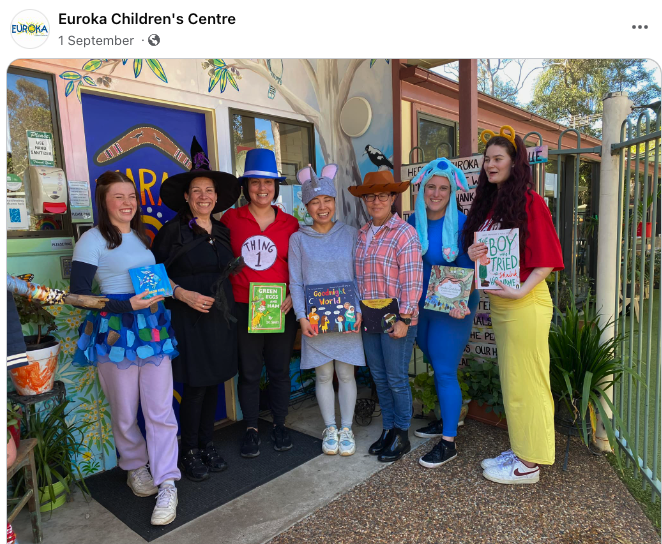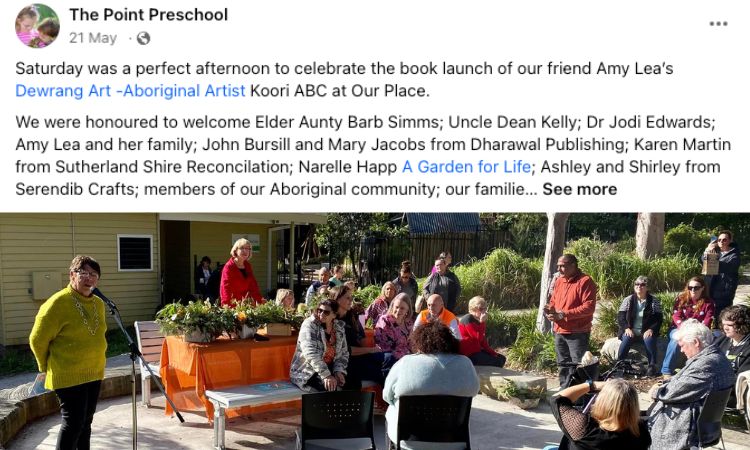Orientations are essential to early childhood services, guiding families on the practical, and often emotional, facets of introducing a child to early education outside of the home. Policies and procedures for orientation vary, despite their importance in ensuring seamless transitions.
“Orientations lay the foundation for a family’s experience with a service,” says Early Childhood Teacher Meg Anastasi. “It’s often the first point of contact between the child, their family and the educators who will be working with them. If an orientation doesn’t go well, families will likely have decreased trust and increased anxiety about their child accessing the service. On the contrary, if a there is a planned transition strategy that includes a meaningful orientation process, the family will likely show increased trust in the service and begin forming a stronger partnership with it.”
But what does an effective orientation look like? “Smiling, happy, engaged educators, a welcoming learning environment and time for a chat makes for an effective orientation,” says Catherine Lee, director and early childhood teacher at The Point Preschool in Oyster Bay, NSW.
Lorriene Bullivant, the director of Euroka Children’s Centre in Blaxland, NSW, echoes this sentiment: “We want families to come in and feel culturally safe. We want them to walk in and feel comfortable. They get to meet the educators and see the space their child is going to be spending their time in and speak to the educators in that room.”

Image via Euroka Children's Centre on Facebook
The right format
To achieve this, it’s crucial to develop an organised and considered approach—but not one that’s overly prescriptive. “We need to balance flexibility with structure,” says Meg. “For some families, their child may have been in care before, and they are not wanting an arduous orientation process. For others, they may need weeks for both child and caregiver to feel comfortable.”
Lorriene adds: “It’s not a black and white thing—you need to be in tune with each family coming through. You get a sense of how they’re feeling, and that informs what you share and how you share it. It happens a bit organically.”
A typical orientation at Euroka will start with a walk through. “I do like to take families for a tour of the whole centre so they have a sense of where their child is in the big picture,” Lorriene says. “The kitchen, for example, is up in the three-to-five-years area of the building. If we didn’t include the walk through, they might not realise that there’s a kitchen with a chef.” Alongside a personal tour, the service offers welcome booklets. “All families are different, and they have different ways of taking in information, so we like to support that,” Lorriene adds.
But what’s most important, she says, is giving families a chance to speak directly with their child’s educators.
I think often what parents really want to know is who’s going to be caring for their child,” she says. “So, we want to give them a chance to touch base with those people as well.
Allowing for such a format requires careful scheduling. “Ensuring that the family are attending at a time which suits the service is very significant, as an ideal orientation will ensure that educators are free to begin building partnerships with the child and their caregivers,” Meg says. “Clear communication between leadership, educators and the family around when orientations should occur is very significant here; educators know their settings the best.”
A welcoming approach
When it comes to cultivating a welcoming atmosphere, Catherine says this should extend naturally from the unique features of a centre. “A welcoming environment is one that reflects the philosophy and values of the service,” she says, listing examples at her centre that include, “how the staff engage in the ritual of greeting and farewelling children and families; learning environments that are beautiful, designed with intentionality and respectful of our Dharawal Elders; and a space that honours children’s learning, educators’ knowledge and our partnerships with families.”

Image via The Point Preschool Facebook
Lorriene adds:
It’s about families coming in and seeing children represented. So, we have lots of artwork and photos around, and lots of cultural items. We have staff from a range of backgrounds, so we have them represented. There are lots of bits and pieces. It’s very eclectic.
Sharing information
Along with giving parents a chance to connect with educators, orientations are also an important time to share other vital information with parents—from safety and sickness policies to excursion details to curriculum documentation. Clear communication of these matters helps set a family up for success, and it may also help to answer any questions they have after the orientation has concluded.
Nonetheless, Catherine says it’s important to maintain an open dialogue with new families. “We should remember this may sometimes take more than one discussion,” she says. “You may like to invite the family to come for another visit or a series of visits, so they feel confident their questions and concerns have been addressed.”
Meg says this is often best achieved by showing a willingness to work with families where they’re at:
I think that above all, families appreciate flexibility. Knowing that we will support their child’s specific needs in the best way we can is often the most welcoming thing we can do.
About CELA
Community Early Learning Australia is a not for profit organisation with a focus on amplifying the value of early learning for every child across Australia - representing our members and uniting our sector as a force for quality education and care.